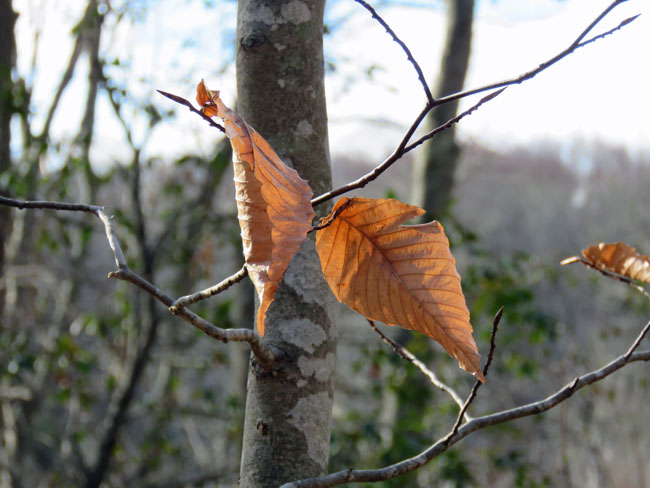
Friday morning we woke up in the middle of a wonderful, long-awaited snowstorm. Less snow fell here than expected by the end of the nor’easter, but the 5 inches it left behind were enough to delight me. And there was no freezing rain or sleet at the end so we could get out and about in the afternoon and enjoy the fluffy white stuff. ❄️

from my kitchen window
First stop, Avery Pond. Lots of Canada geese and mallards, but a pair of American wigeons caught my eye.


Next stop, Eastern Point Beach. The gulls were hunkering down in the parking lot. I got out of the car to take some pictures and was nearly blown over by the wind. Other times I tried opening the car window to take pictures. That sent most of the gulls up in the air, flapping and squawking. I suspect they thought I might be going to feed them.





Next stop, Beach Pond. No wildlife to be seen at all…




Next stop, Avery Point. There were quite a few folks out walking their dogs. Too nippy to get out of the car!


New London Ledge Light in the background

Last stop, Birch Plain Creek. Got out of the car here. There were lots of birds chirping and flitting about. I was lucky to get a couple of shots.





It was wonderful having some snow stick around for a change and feeling the winter season the way I remember it. A hot cup of tea at home to enjoy, snuggled under a blanket, looking out the window as darkness fell over the snow… Bliss!











































































